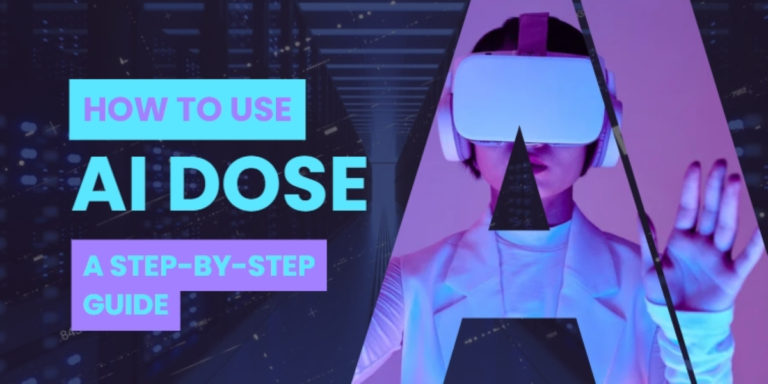Effective UGC Marketing with UGC Creators
Brands continually search for innovative strategies to engage their audiences and build brand loyalty. A notable strategy that has gained traction recently is leveraging user-generated content (UGC) creators, also known as influencers or content creators. These individuals have the power to authentically connect with their followers and create content that resonates with them.
What Are UGC Creators?
A UGC creator produces content on social media platforms like Instagram, YouTube, TikTok, and blogs. They provide their thoughts and suggestions on a wide range of topics, including fashion, travel, and lifestyle. Brands collaborate with these creators to produce relatable and engaging content that effectively showcases their products and resonates with their audience.
Leveraging Influencers and UGC Creators
Brands often collaborate with well-known internet personalities or influencers who can create content that aligns with the company’s brand and products. This strategy can significantly increase interest in the brand’s products, leading to higher sales and business growth.
Brands can also engage UGC creators as brand ambassadors or affiliates. By building long-term relationships with influencers, brands can tap into their existing audience and leverage their credibility to drive sales and brand awareness.
UGC creators also play a crucial role in content creation and curation. Brands can crowdsource user-generated content from their followers or co-create content with UGC creators, fostering a sense of community and belonging among their audience.
UGC creators also provide brands with valuable insights and feedback from their target audience. Monitoring engagement metrics and analyzing audience feedback can inform marketing strategies and product development efforts.
In conclusion, UGC creators offer brands a unique opportunity to connect authentically with their audience. By leveraging UGC creators’ creativity, credibility, and influence, brands can enhance their marketing efforts, drive engagement and conversions, and build long-lasting relationships with their customers.
Choosing the Right Seasons to Engage UGC Creators
Choosing the right dates to engage UGC creators is crucial for maximizing the impact of your marketing efforts. The ideal timing can vary depending on the platform, the creator’s audience, and the nature of the content. For example, launching a campaign around significant events or holidays can help generate buzz and increase engagement. Similarly, timing your engagement to coincide with the creator’s content schedule can ensure your brand message reaches the audience when they are most active and engaged.
Depending on what month is it you choose to engage UGC creators can greatly impact the effectiveness of your marketing efforts. For instance, holiday months like November and December often see increased consumer activity due to Black Friday and Christmas shopping, making them ideal for collaborations with influencers who can promote your products as gift suggestions. Similarly, the start of a new year in January can be leveraged for promoting wellness and self-improvement products, aligning with consumers’ new year resolutions. Other months may be associated with specific events or themes – for example, February with Valentine’s Day or October with Halloween. Aligning your marketing efforts with these themes can create relatable content and drive engagement.
Picking the right Timezone
Consider the time zone of your target audience and the UGC creator. This is crucial in ensuring your content is posted when your audience is most active online, thereby increasing visibility and engagement.
For example, SGT, Singapore Time is the standardized time used in Singapore, which is 8 hours ahead of Greenwich Mean Time. Many businesses in Southeast Asia and beyond operate based on this time zone. Companies must consider Singapore Time when scheduling advertising or collaborations with online creators to ensure maximum visibility and engagement.
Starting a UGC Campaign
One great example of a UGC campaign is the Unsent Project by Rora Blue. The artist invited people from around the world to submit their unsent text messages to their first love, providing a color that they associate with that person. The result was a vibrant collage of emotions, experiences and memories, forming a collective narrative about love and loss that resonated deeply with many. The campaign not only garnered significant engagement, but also sparked conversations about shared human experiences and emotions. This example shows how UGC campaigns can tap into collective experiences and emotions to create compelling and engaging content.
Engaging Agencies To Manage Your Campaign
Different brands have different needs, especially when it comes to their online presence. For direct-to-consumer (DTC) brands, aligning with an agency that specializes in DTC e-commerce is crucial. These agencies offer services tailored to the unique needs of DTC brands, such as website development, online advertising, and online shop enhancement. By working with a DTC e-commerce agency, brands can effectively streamline their online operations, reach a wider audience, and increase their revenue, thereby maximizing their online potential.



